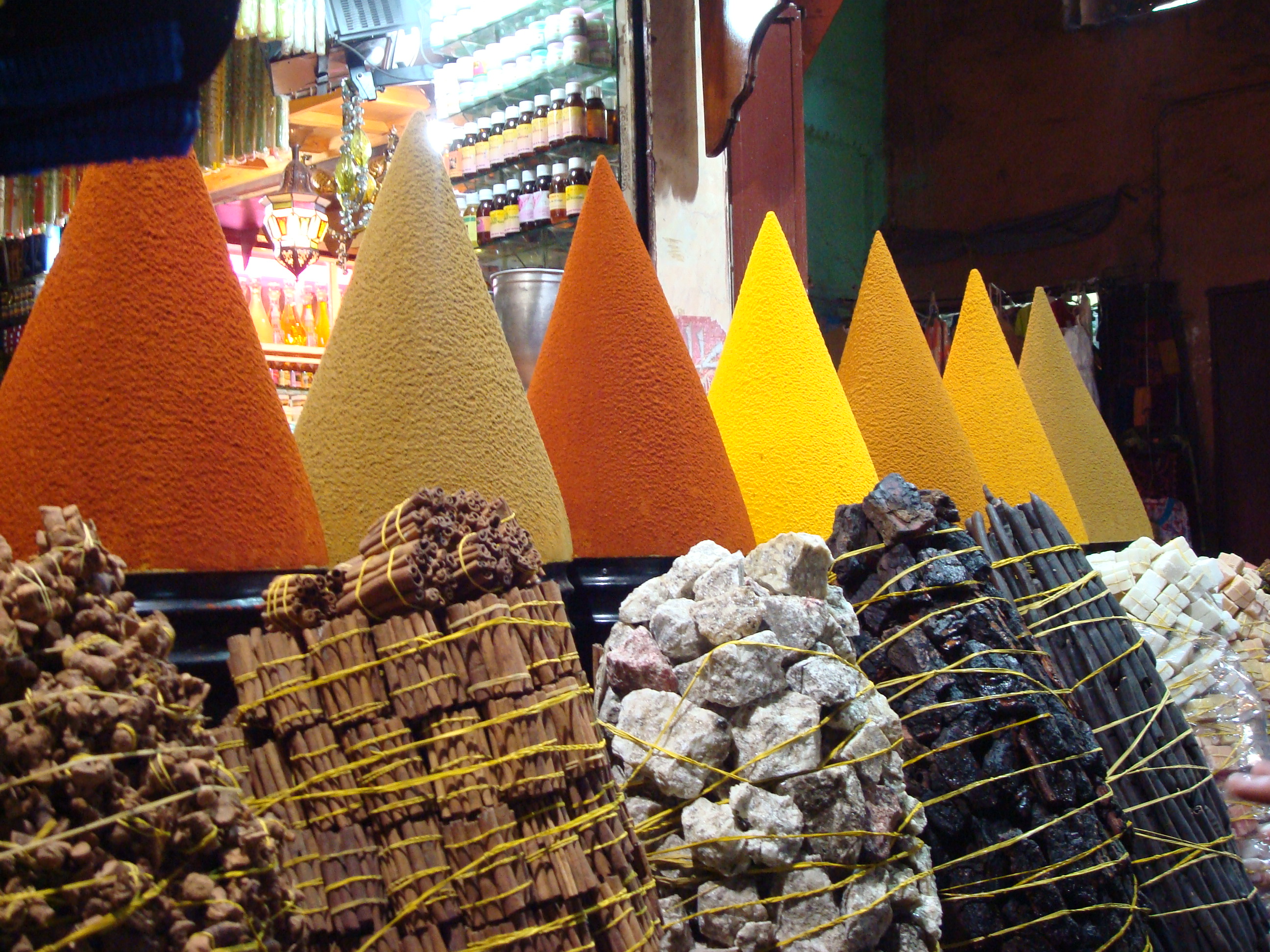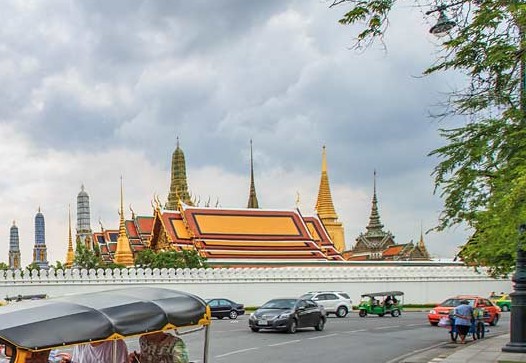Traditional Moroccan cuisine

The North African country of Morocco has seen a lot of interaction and reciprocal influence between many cultures and nations throughout the centuries, this has lead to an extremely varied Moroccan cuisine.
On the whole the country produces a large array of Mediterranean fruits and vegetables, as well as some tropical ones, so these are always an important part of the diet there while the most common meats are mutton and lamb, beef, chicken, camel, rabbit and seafood. Something that is much more particular to the country is its heavy use of spices, which are far more heavily spiced than Middle Eastern cuisine and the use of cold-pressed, unrefined olive oil.
Just naming a few of the major culinary influences that have left their mark upon Moroccan cuisine we go through the places such as Spain, Portugal, France, Italy, Turkey, and the Berbers, and we’re only naming a few here; this variety means that basically anything and everything is used in Morocco cuisine, as evidenced by the fact that Morocco imports very little food. As it is with all other countries, there are regional variations in flavors and dishes, but something that you can expect in general is to eat a lot of veggies heavily spiced up with cumin, cinnamon, saffron and paprika.
Lets talk about the main meals of the day and what you should expect to get in Morocco.
Breakfast
Breakfast is the most important meal of the day, and whether you like it big or small, protein rich or heavy on the carbs, the variety of Moroccan traditional breakfast options will surely satisfy any of those preferences.
For those who like to keep it light, pop over by a street stall for some Moroccan pita bread and freshly squeezed orange juice is abundant pretty much anywhere – keep in mind to bring your own cup as most vendors will only quickly rinse their glasses between customers. Other great ideas for your breakfast are the seasonal fruit, you will find French pastries – the country was a French colony after all – and of course coffee and mint tea abound.
Lunch
This is traditionally the biggest meal of the day, so big in fact that it is also traditionally followed by an afternoon nap, since it tends to take place sometime between noon and 3 PM. The nap is such a tradition that many places will close over the lunch hour but most of the venues catering to tourists do stay open.
Keep in mind that going for a sit down formal lunch will imply quite the investment of time and taste buds; lunch is made up of several courses, usually starting with a salad and homemade bread, the salad being made up of an array of veggies, spices and herbs.
The main course is usually couscous, which again is cooked with veggies, nuts and spices and normally served with some type of roasted meat. Another typical Moroccan dish is tagine, a very flavorful soup slow-cooked in an earthen pot.
The dessert is served at some point during the meal, rather than at the end, instead at the end you can expect some sweetened mint tea.
Dinner
The last meal of the day start at around 9PM and is usually a light meal, eaten at home. The traditional dish is a thick tomato and lentil soup with lamb, noodles, as well as a lot of spices. Street stalls on the other hand will offer more snack-like options like cumin-spiced hard-boiled eggs, roasted corn and roasted almonds. Bocaillos – which are basically large sandwiches – have become increasingly popular in the country lately and they’re usually made to order.

















